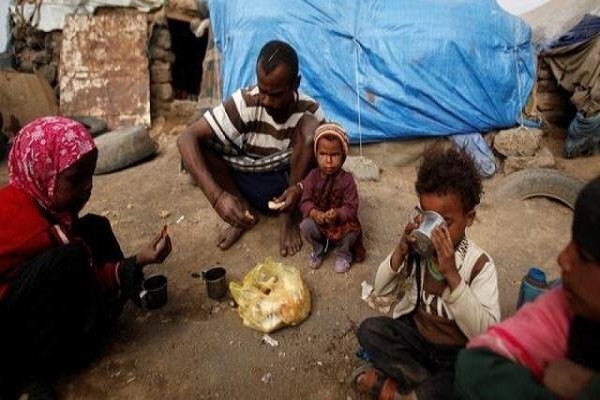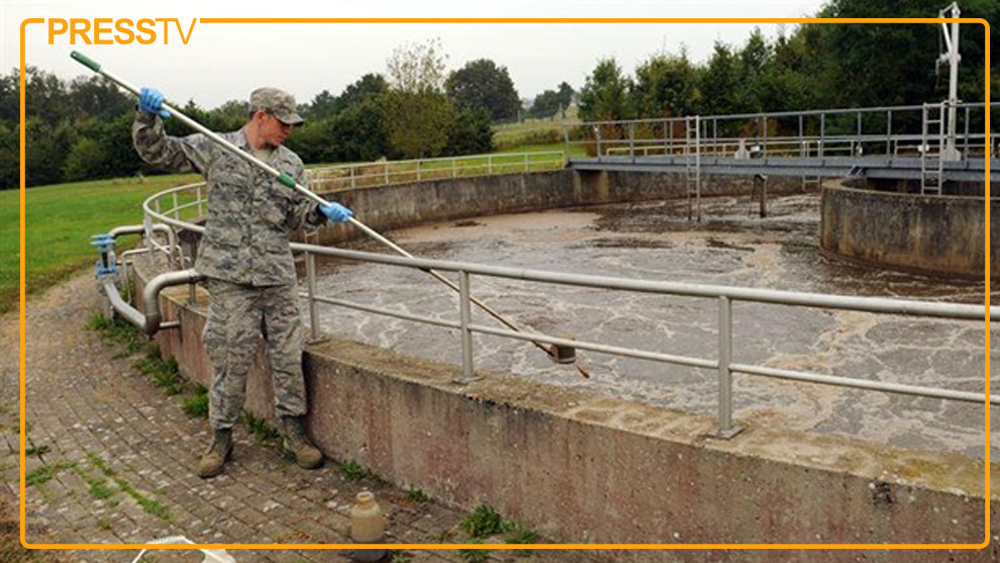Per Capita Dairy Consumption in Iran a Quarter of Global Average
TEHRAN (Iran News) According to ISNA, while the country has seen significant growth in dairy exports over the past year, domestic production and consumption are facing serious challenges. On one hand, statistics show a 43% increase in dairy exports; on the other, the closure of around 1,000 small and medium-sized dairy production units and declining per capita dairy consumption have raised alarms regarding food security. The association’s spokesperson stressed the need for serious attention to supportive and promotional policies to boost domestic dairy consumption, citing structural issues such as a weak distribution network and low profitability.
Speaking to Radio Eqtesad, Mohammad Farbod, spokesperson for the Iranian Dairy Products Industries Association, said that the closure of some dairy units, due to factors like ineffective product distribution and weak supply chains, has led to decreased production, worker layoffs, and negative impacts on food security.
He noted that continuous follow-ups and inter-agency cooperation have helped some units resume operations. Drawing a comparison, Farbod mentioned that Germany had 3,000 active dairy units in the 1960s, a number that has now decreased to about 110–120 units due to a focus on production volume, machinery upgrades, and the development of distribution networks. He warned that units unable to establish effective distribution networks in Iran are likely to fail.
Farbod added that the dairy industry operates on very slim profit margins. Currently, the average profit margin for dairy companies listed on the Tehran Stock Exchange is around 5%, despite being legally allowed up to 17%. The short shelf life of dairy products and distribution weaknesses further exacerbate the industry’s vulnerabilities.
He explained that when government subsidies for bagged milk were removed, single-product dairy units were the first to shut down, while multi-product units with strong distribution networks managed to survive. Today, it is estimated that about 300 dairy units are active in Iran, down from around 1,200 previously, meaning roughly 900 to 1,000 small and medium-sized units have closed in recent years.
Farbod said many of these closed units had received operating licenses from the Ministry of Agriculture, but structural weaknesses and a lack of owner interest have prevented them from returning to production.
Regarding the reuse of equipment from closed factories, Farbod pointed out that most machinery is outdated and unsuitable for modern production lines. Moreover, like some team sports in Iran, there is limited cooperation and interest in merging production units.
Commenting on a specific case, he noted that a dairy factory in Tehran Province was forced to shut down after losing its contract to supply milk to schools, emphasizing that over-reliance on subsidized projects increases the risk of closure for smaller units.
The spokesperson underlined the critical role of dairy products in maintaining health, providing essential calcium, proteins, vitamins, and minerals.
Highlighting the export boom, Farbod stated that according to Iran Customs statistics, dairy exports rose 43% in value and 19% in volume during the first 11 months of 1402 compared to the previous year. The greater increase in export value compared to volume was attributed to a diversification of dairy products.
He also noted significant growth in butter exports, with export value jumping by nearly 262% compared to previous years.
Farbod explained that per capita dairy consumption in Iran is only one-quarter of the global average, largely due to high prices and changing consumer tastes. As a result, instead of consuming these products domestically, the industry is increasingly turning to exports because many Iranians cannot afford enough dairy products to meet their needs.
He stressed that promoting a culture of dairy consumption is key to improving the situation. Fortunately, for the next academic year, the President has allocated around 60 trillion rials (approximately $120 million) for the “School Milk” program, which could positively impact domestic dairy consumption.
Statistics show that butter exports last year reached 33,924 tons valued at $169 million, while in 1402, exports were about 13,305 tons valued at $46 million. This represents a 155% increase in export volume and a 262% increase in export value.
- source : IRAN NEWS ECONOMIC DESK






























